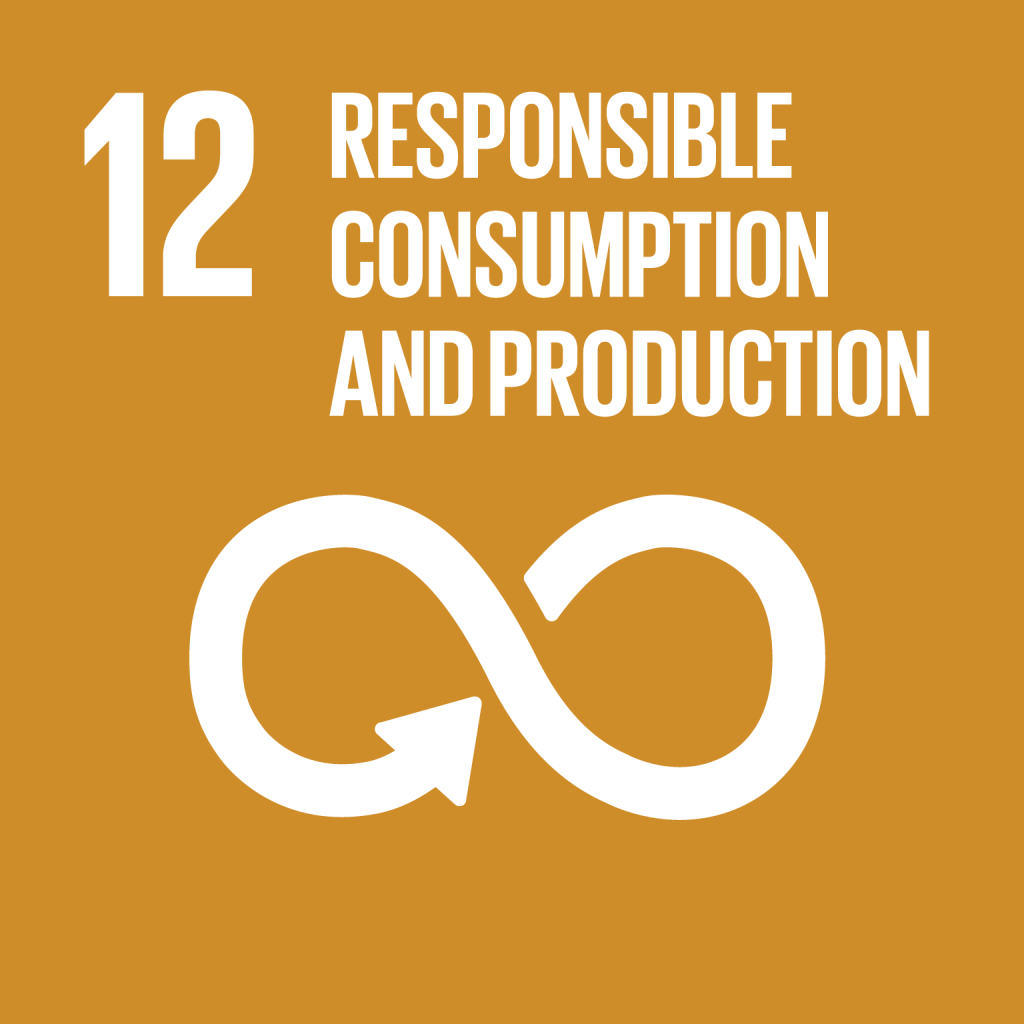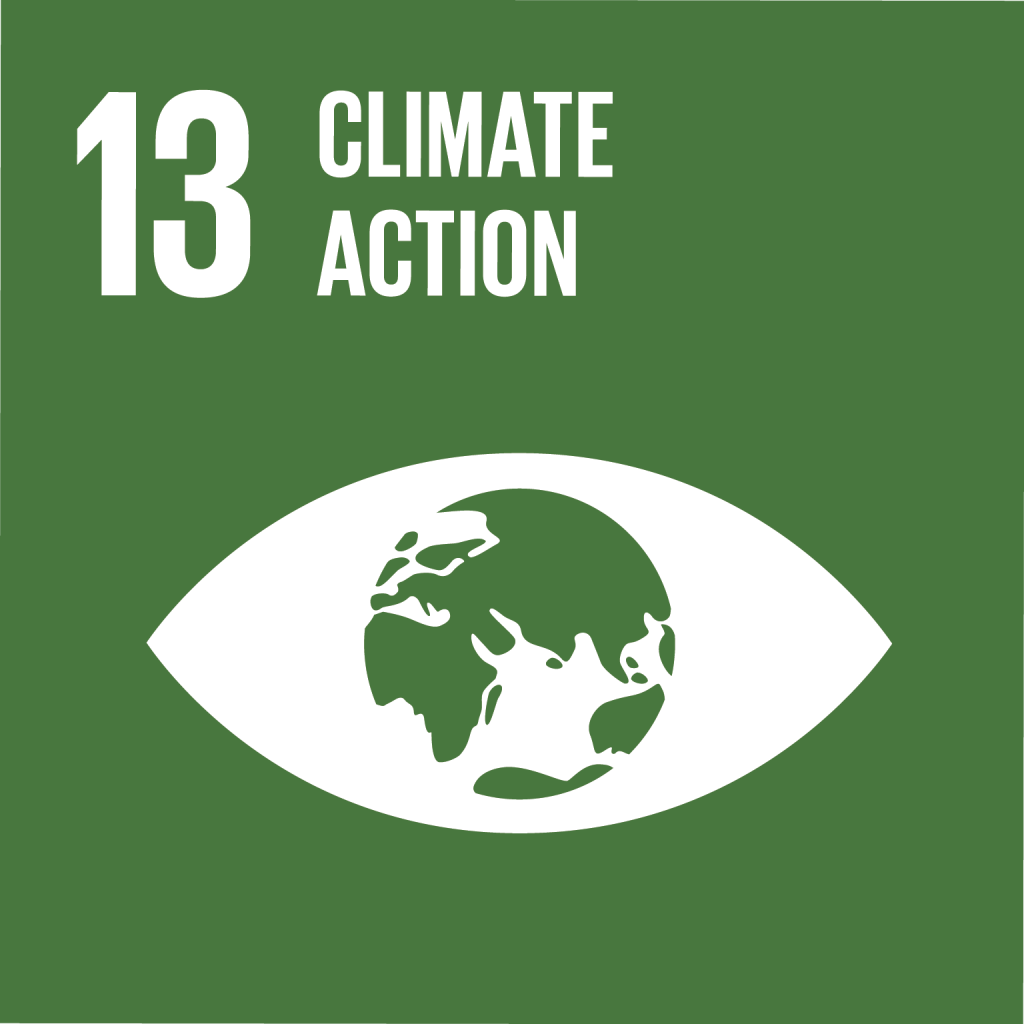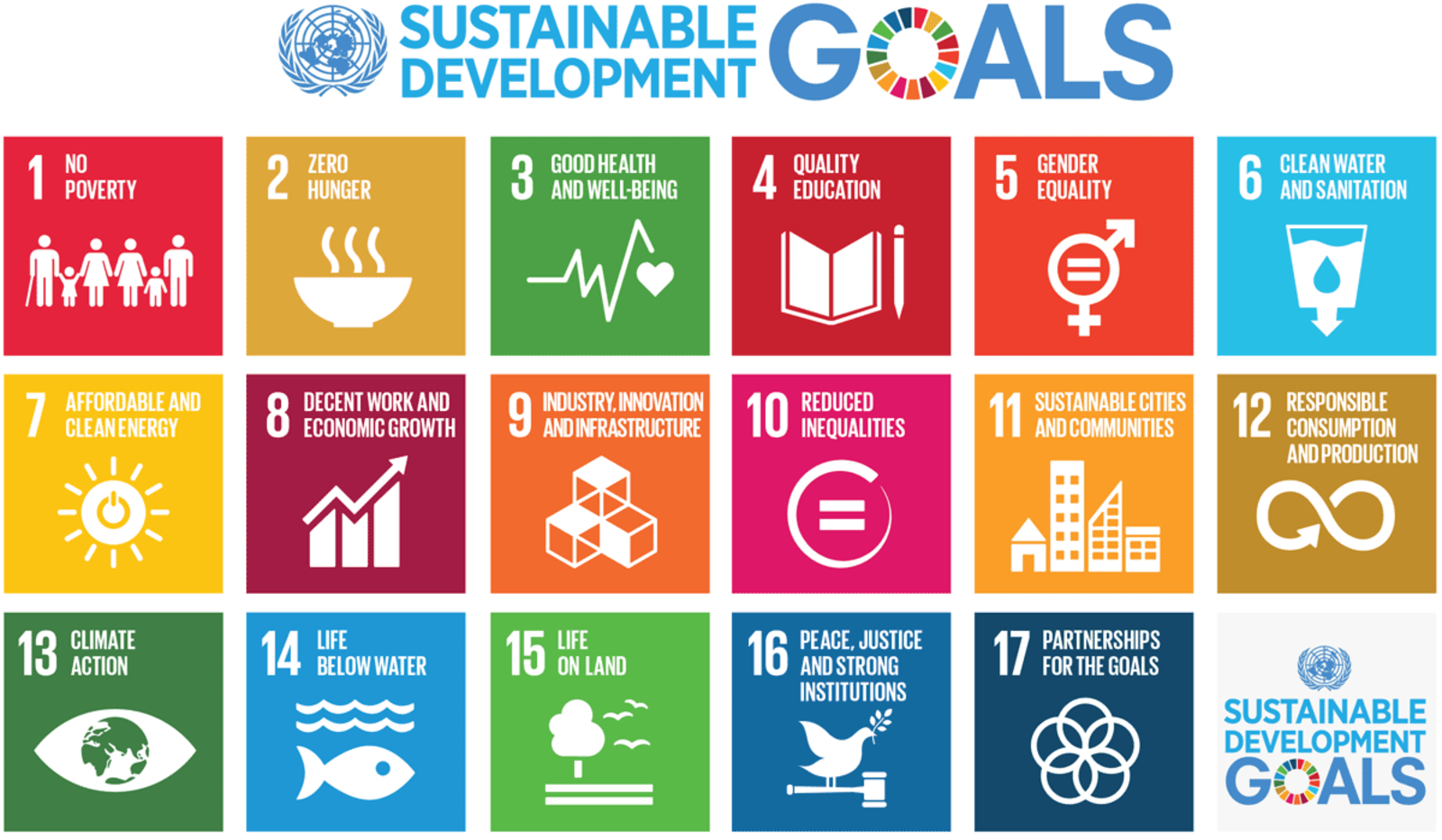
Life cycle thinking
Life cycle thinking (LCT) is a framework that considers a holistic view of a product, process, or service from production through to consumption or use to end-of-life.
It assesses the impact of the product, process, or service in environmental, economic, and social terms through the whole life cycle. This approach aims to avoid negative impacts from shifting to other areas of the life cycle.
Examples include:
Saving energy in the end-use while not increasing consumption needed to manufacture
Reducing resource use in one country, while increasing resource use in another
Life cycle thinking meets sustainability concerns at points where it provides decision-makers with a robust tool in the supply of materials that best makes a balance between current and future needs of the global community
(ISO 14044)
Creating sustainable change
LCT is an important tool as industry and society embrace the shift to a circular economy. Applying the LCT philosophy enables an organisation to understand broader sustainability impacts and adapt its policies and processes to bring about positive change. In turn, this enables long-term strategic decisions to be made about the future of an organisation’s product portfolio. For example, priorities on research and development activities, or investment decisions, may need time to implement.
Setting a clear direction early on means that innovation, opportunity, and financial considerations can be agreed upon at the board or management level and then become part of the business plan. It allows LCT to become ‘part of how we do business’ and drives the adoption of practices that support a sustainable circular economy.
Supporting the UN Sustainable Development Goals
The ISO14044:2006 Life cycle assessment standard references support for the United Sustainable Development Goals (SDGs) 12 and 13. The SDGs are an ‘urgent call for action by all countries’ to address a series of 17 goals by 2030 to improve the economic, environmental and social outcomes for millions across the globe.

SDG 12: Ensure sustainable consumption and production patterns
Worldwide consumption and production — a driving force of the global economy — rest on the use of the natural environment and resources in a way that continues to have destructive impacts on the planet.
Over the last century, economic and social progress has been accompanied by environmental degradation that is endangering the very systems on which our future development — indeed, our very survival — depends. 1

SDG 13: Take urgent action to combat climate change and its impacts
Climate change is affecting every country on every continent. It is disrupting national economies and affecting lives. Weather patterns are changing, sea levels are rising, and weather events are becoming more extreme.
Saving lives and livelihoods requires urgent action to address both the pandemic and the climate emergency.
The Paris Agreement, adopted in 2015, aims to strengthen the global response to the threat of climate change by keeping a global temperature rise this century well below 2 degrees Celsius above pre-industrial levels. The agreement also aims to strengthen the ability of countries to deal with the impacts of climate change through appropriate financial flows, a new technology framework and an enhanced capacity-building framework.
Sources:
1 https://www.un.org/sustainabledevelopment/sustainable-consumption-production/
2 https://www.un.org/sustainabledevelopment/climate-change/
